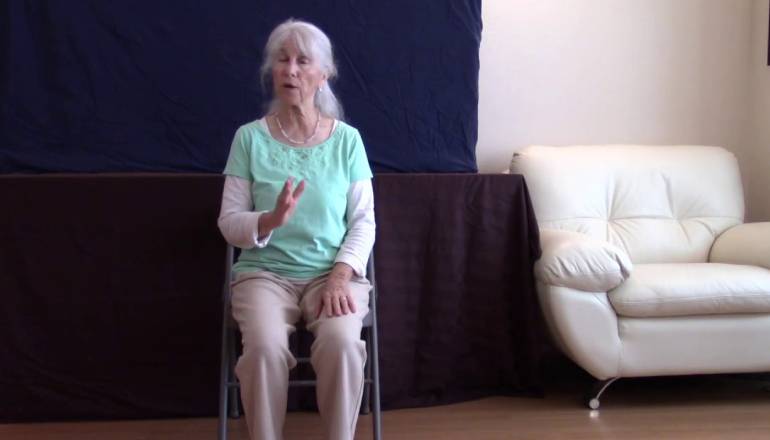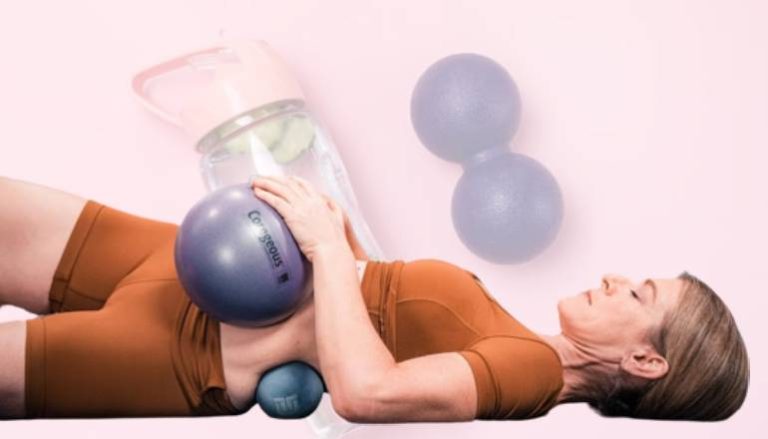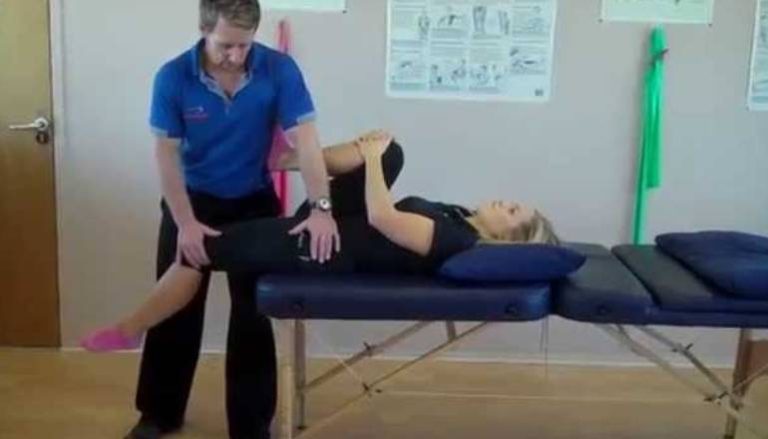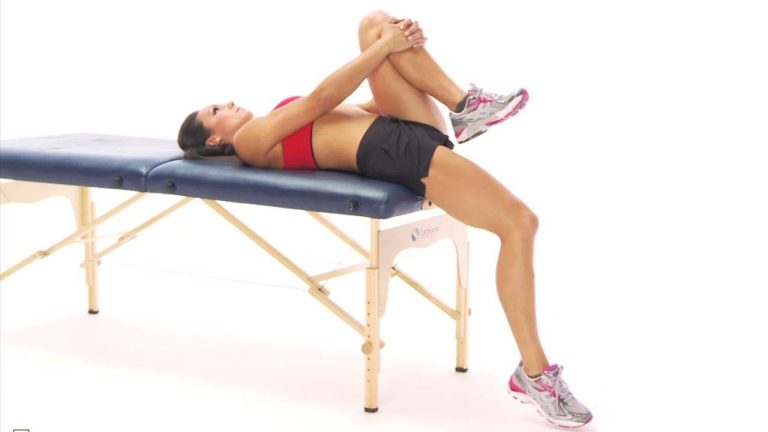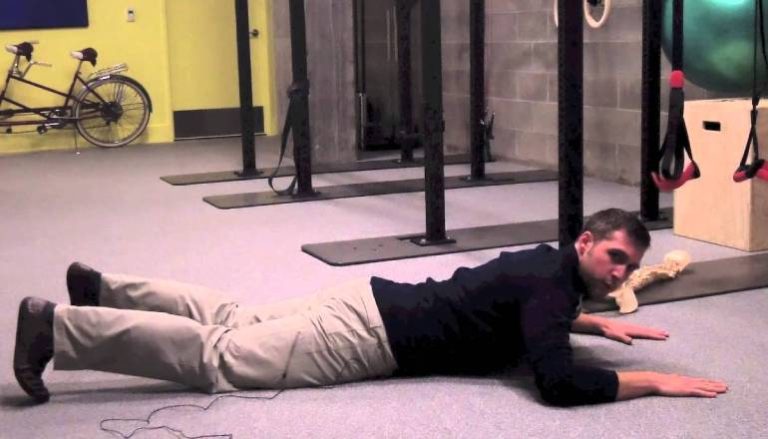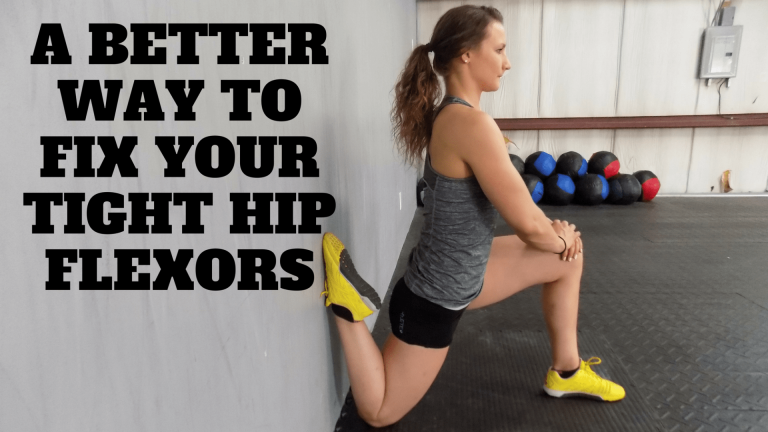How To Stretch Psoas While Sitting?
Sitting for long periods of time can cause tightness in the hip flexor muscles, including the psoas. Stretching these muscles can help relieve tension and improve flexibility. In this article, we’ll provide a step-by-step guide on how to stretch your psoas while sitting. With a few simple exercises and stretches, you can keep your hips limber and flexible, even when you’re stuck in a chair all day.
How do you release the psoas while sitting?
The psoas is a major muscle in the human body that connects the lower spine to the upper thigh bone. It can become tight and cause pain or discomfort, especially if you sit for long periods of time. Fortunately, there are ways to release the psoas while sitting, allowing for improved mobility and reduced pain.
One way to release the psoas while sitting is by doing a seated hip flexor stretch. To do this, sit up straight on a chair with your feet flat on the floor. Put one foot on top of the opposite knee so that your ankle is resting on your thigh. Then lean forward from your hips and hold for 30 seconds before releasing and repeating on the other side.
Another way to release the psoas while sitting is by using a foam roller. Place a foam roller under your thighs and slowly roll back and forth, applying pressure to both sides of your hip flexors. This will help loosen up tight muscles in those areas.
Finally, you can also use trigger point therapy to release the psoas while sitting. To do this, find tender spots along your hip flexors and apply pressure with either your fingers or a tennis ball until you feel relief.
These are just some of the ways you can release the psoas while sitting. By incorporating these techniques into your daily routine, you can enjoy improved mobility and decreased pain in no time.
What position relaxes the psoas?
The psoas is a deep muscle in the lower back and hip region that often gets tight from sitting for long periods of time. It’s important to keep this muscle relaxed in order to prevent injury and maintain good posture. There are several different positions that can help relax the psoas, including:
Child’s Pose – This yoga pose is great for stretching out the lower back and hips. To do it, sit on your heels with your knees apart and reach forward with your arms stretched out in front of you.
Hip Flexor Stretch – This stretch helps to lengthen the hip flexors and can be done standing or lying down. To do it, stand up straight with one foot slightly behind the other. Bend your front knee while keeping your back leg straight, then hold for 30 seconds.
Pigeon Pose – Another great yoga pose for stretching out the psoas is the pigeon pose. To do this pose, start on all fours with one leg bent behind you and the other leg extended out in front of you. Hold this position for 30 seconds before switching sides.
Cat-Cow Stretch – This stretch helps to open up both the chest and hips. To do it, start on all fours then alternate between arching your back like a cat (inhale) and rounding your spine like a cow (exhale).
These are just some of the many positions that can help relax the psoas muscle. Remember to take breaks throughout the day if you spend a lot of time sitting, as well as doing regular stretches to keep this important muscle relaxed.
How do you sit with Psoas syndrome?
As with any medical condition, the best way to manage Psoas syndrome is through proper diagnosis and treatment. However, there are some tips you can follow to help reduce the effects of Psoas syndrome while sitting.
The first step is to make sure that your chair is properly adjusted for your body type and size. Make sure that your feet are flat on the floor and that your thighs are parallel to the ground. The back of your chair should be slightly reclined so that it supports your lower back without putting too much pressure on it.
When seated, try to keep your hips level and avoid slouching or hunching over. This will put unnecessary strain on the psoas muscle which can worsen symptoms. Additionally, consider using a lumbar support cushion or ergonomic chair to help support the lower back.
It’s also important to take frequent breaks from sitting throughout the day. Stand up and move around every hour or two in order to relieve tension in the psoas muscle. Additionally, stretching exercises can help strengthen weak muscles in the hips and abdomen which can help alleviate pain associated with psoas syndrome.
By following these simple tips, you can reduce discomfort related to psoas syndrome while sitting for long periods of time.
Final Thoughts
Stretching the psoas while sitting can be a great way to improve flexibility and range of motion. It’s important to warm up your muscles before stretching and to do the stretches slowly and gently. Be sure to listen to your body and stop if you feel any pain or discomfort. With regular practice, you’ll soon be able to enjoy the benefits of a better-stretched psoas.

